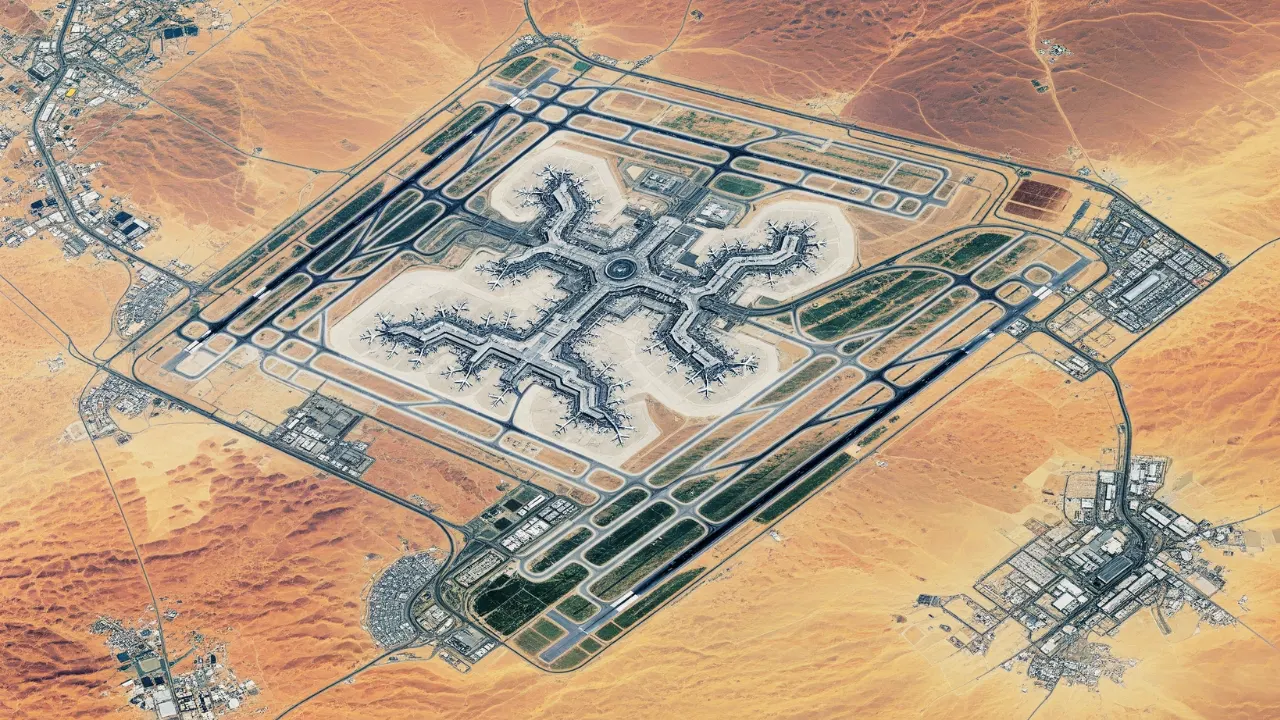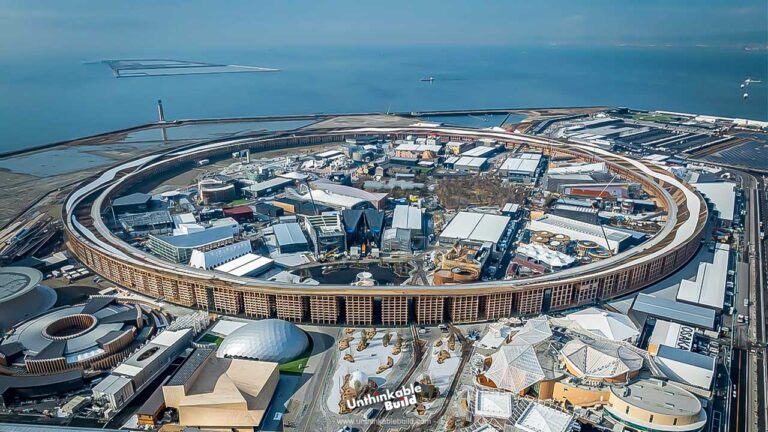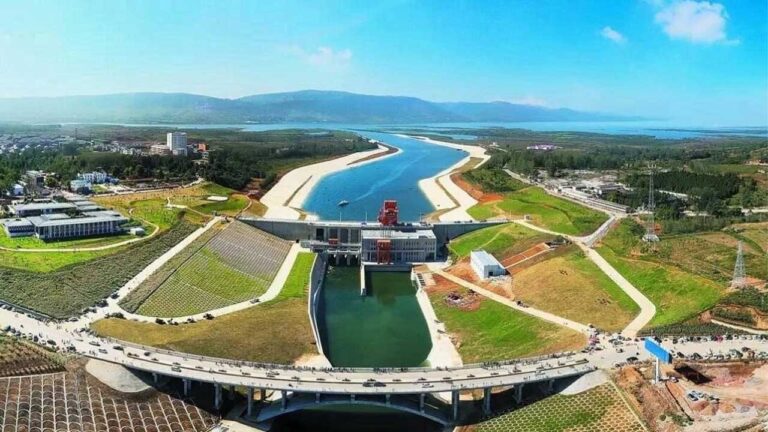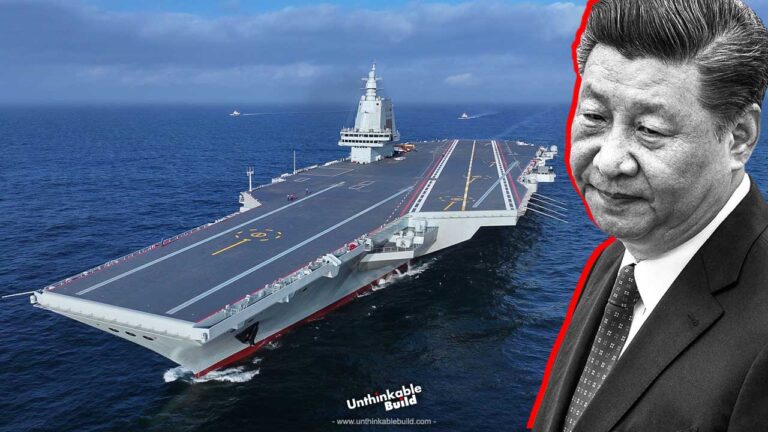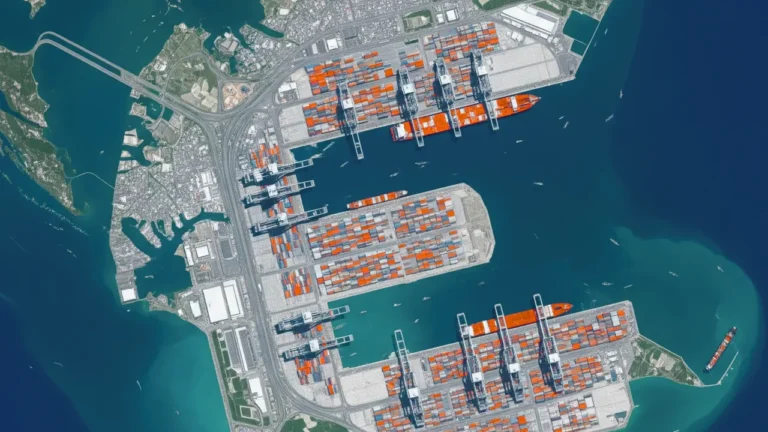King Salman International Airport: The Biggest Airport on Earth But What If Nobody Comes?
Saudi Arabia is building the largest airport in human history. A staggering 57-square-kilometer development, six parallel runways, and an ambitious goal to serve 185 million passengers a year by 2050. On paper, it’s a marvel. In reality, it’s a $30 billion risk that could reshape or ruin the kingdom’s post-oil future.
This is King Salman International Airport (KSIA) an aviation mega-hub under construction just outside Riyadh. If it succeeds, it could turn Saudi Arabia into a global transit gateway and tourist magnet. If it fails, it could stand as a monument to overreach in a region already crowded with world-class airports.
I visited the outskirts of the KSIA site last year. What struck me wasn’t the scale it was the silence. Vast stretches of desert marked for runways, but no aircraft in sight. It felt like standing on the edge of a gamble still waiting for its first card to flip.
King Salman International Airport (KSIA)
A Runway to the Future or an Empty Promise?
KSIA is being developed on the footprint of Riyadh’s current King Khalid International Airport, which will be absorbed into the new mega-hub. The masterplan envisions six parallel runways three times more than Heathrow or JFK and capacity for 120 million passengers by 2030. The ultimate target: 185 million by 2050, a figure that would dwarf today’s busiest airport, Hartsfield–Jackson Atlanta, which handles around 100 million passengers annually.
The project spans 57 square kilometers larger than many cities. That’s over twice the size of Manhattan. Satellite imagery confirms active construction zones, with significant groundwork, service roads, and utility corridors already under development.
The design, by Foster + Partners, combines Saudi heritage with futuristic ambition. Inspired by desert topography and palm grove geometry, the architecture aims to reflect the identity of Riyadh while signaling global intent.
But scale and symbolism aren’t enough. Saudi Arabia is betting everything that this project and the broader Vision 2030 strategy it supports can transform an oil-reliant kingdom into a diversified economic powerhouse. That bet comes with steep risks.
Vision 2030 and the Aviation Gamble
KSIA is not a standalone project. It’s the primary aviation pillar of Vision 2030, the economic transformation strategy launched by Crown Prince Mohammed bin Salman in 2016.
For decades, oil fueled the Saudi economy. But with energy markets shifting, climate pressures mounting, and geopolitical volatility surrounding fossil fuel exports, the kingdom is racing to diversify.
KSIA is central to that plan. It’s not just a place for planes to land. It’s a gateway for investment, trade, talent, and most crucially tourism.
Saudi Arabia wants to attract 100 million visitors annually by 2030. To support this goal, the country is spending hundreds of billions on tourism-focused mega-projects like:
- NEOM: A $500 billion futuristic city in the northwest
- The Red Sea Global: A luxury resort chain spread across pristine coral islands
- Qiddiya: An entertainment and sports city south of Riyadh
- Diriyah Gate: A historical and cultural destination being billed as the “birthplace of the kingdom”
None of these projects can thrive without international visitors. And those visitors need to fly in. KSIA is being built to handle that flow. But as of mid-2025, international tourism numbers are still far from projected targets. That gap raises serious questions.
Technology, Sustainability, and Scale
KSIA is being marketed as not only the largest but one of the smartest airports ever built.
It’s targeting LEED Platinum certification, the highest global standard for sustainable construction. That includes:
- Integrated solar farms for on-site renewable energy
- Greywater reuse and desert-adapted landscaping
- Passive cooling strategies tailored for Riyadh’s extreme climate
- Smart building materials to reduce heat absorption
Technologically, the airport is designed to run on AI-driven systems. That means:
- Biometric gates replacing manual boarding checks
- Predictive maintenance systems for aircraft and equipment
- Autonomous vehicles for baggage and cargo
- Real-time airside analytics to reduce turnaround times
Foster + Partners has built global landmarks before from Apple’s HQ to Beijing’s new airport but the scale of KSIA is unprecedented.
Still, none of this matters if airlines and passengers don’t arrive.
Will Riyadh Air Deliver?
To bring people to KSIA, Saudi Arabia has launched a new airline: Riyadh Air.
Announced in 2023, Riyadh Air is envisioned as a national carrier to complement Saudia (formerly Saudi Arabian Airlines) and compete directly with Gulf giants like Emirates, Qatar Airways, and Turkish Airlines.
Riyadh Air placed an initial order for 72 Boeing 787 Dreamliners. It has plans to begin operations in mid-2025, with dozens of destinations in its launch map. The airline is positioning itself as a premium brand, with digital-first operations and a goal to reach 100 destinations by 2030.
But creating a globally competitive airline from scratch is not easy. Emirates took decades to build its reputation and scale. Even with unlimited funding, trust, reliability, and frequent flyer loyalty take years to earn.
More than aircraft or advertising, Riyadh Air needs air rights, strategic alliances, and a deep feeder network. None of those are guaranteed.
Regional Competition and Overcapacity
The Gulf is already home to some of the world’s most connected and efficient airports:
- Dubai International (DXB) handles nearly 90 million passengers a year
- Hamad International (DOH) in Qatar is among the world’s top-rated terminals
- Istanbul Airport (IST) is expanding rapidly, positioned as a Euro-Asia transit hub
All three are serviced by globally respected airlines. All are within a four-hour radius of Riyadh.
That makes differentiation difficult. Proximity alone does not drive traffic. Price, convenience, connections, and reputation do. KSIA will need to compete on all fronts and that’s a heavy lift for a brand-new hub.
Delays and Doubts: A Pattern Emerges
Vision 2030’s project ecosystem is deeply interdependent. If one major development stalls, others face ripple effects.
As of 2025, several key projects are behind schedule:
- NEOM’s The Line, once envisioned as a 170 km city, has scaled back its initial buildout to just over 2.4 km
- The Red Sea Project missed its original launch window and is now targeting phased openings through 2026 and beyond
- Qiddiya has seen construction delays and shifting investment priorities
These delays put pressure on KSIA. If tourism sites aren’t ready in time, the airport becomes a high-tech gateway to nowhere. And if KSIA underperforms, other projects will struggle to attract investors, partners, and global attention.
A Symbol with Everything on the Line
KSIA is not just about air traffic. It’s about narrative. It’s a statement from a country trying to reposition itself away from oil, toward openness. From a closed kingdom to a global destination.
This airport is a physical embodiment of ambition. Every terminal, runway, and control tower reflects a nation’s desire to be seen differently.
But symbols come with stakes. Airports are incredibly expensive to operate. If they sit underused, they bleed capital and lose credibility. The risk isn’t just financial it’s reputational.
Can Saudi Arabia Pull This Off?
That’s the question on everyone’s mind.
If KSIA reaches its potential, it will be one of the most important infrastructure assets in modern aviation. It will power a rebranded national identity, connect new industries to the world, and support an economy built not on oil but on talent, trade, and tourism.
If it doesn’t, it could become the world’s most expensive white elephant a modern ghost terminal that tried to fly before it could walk.
I stood on the edge of the KSIA site, watching bulldozers crawl across the dust. You could feel the weight of history pressing against ambition. That feeling still lingers with me.

